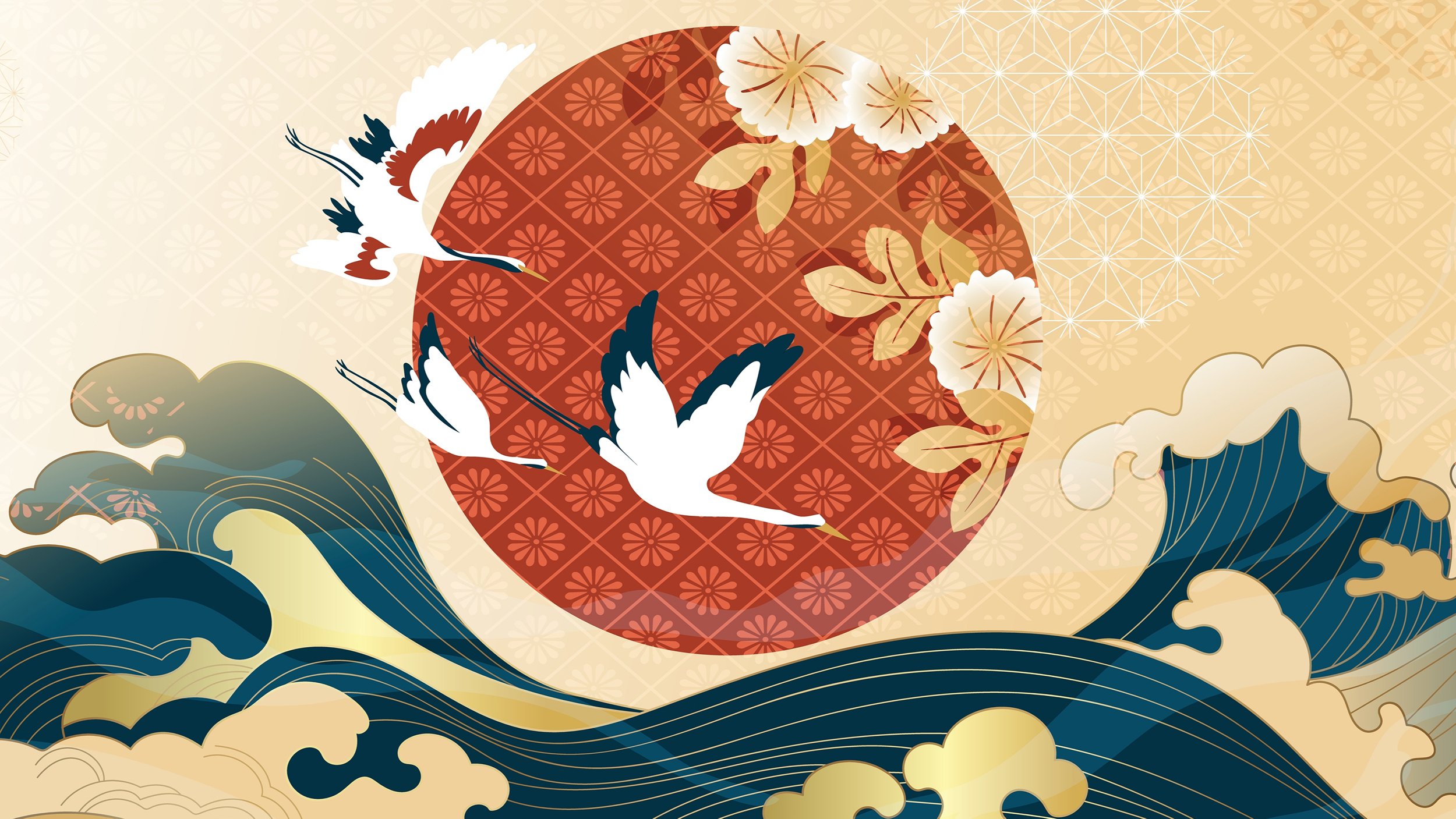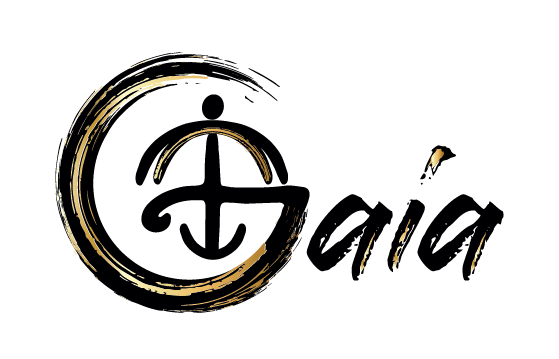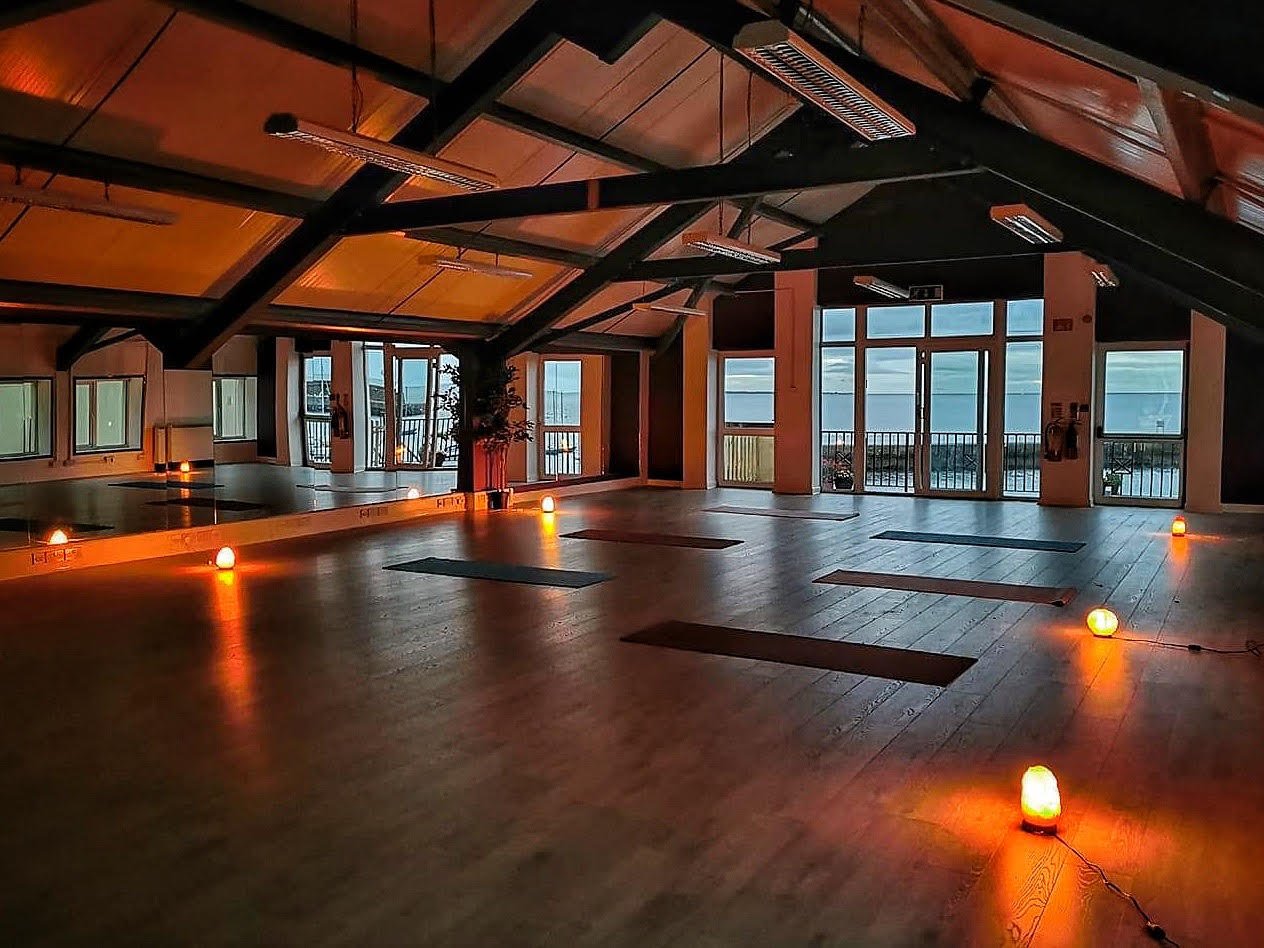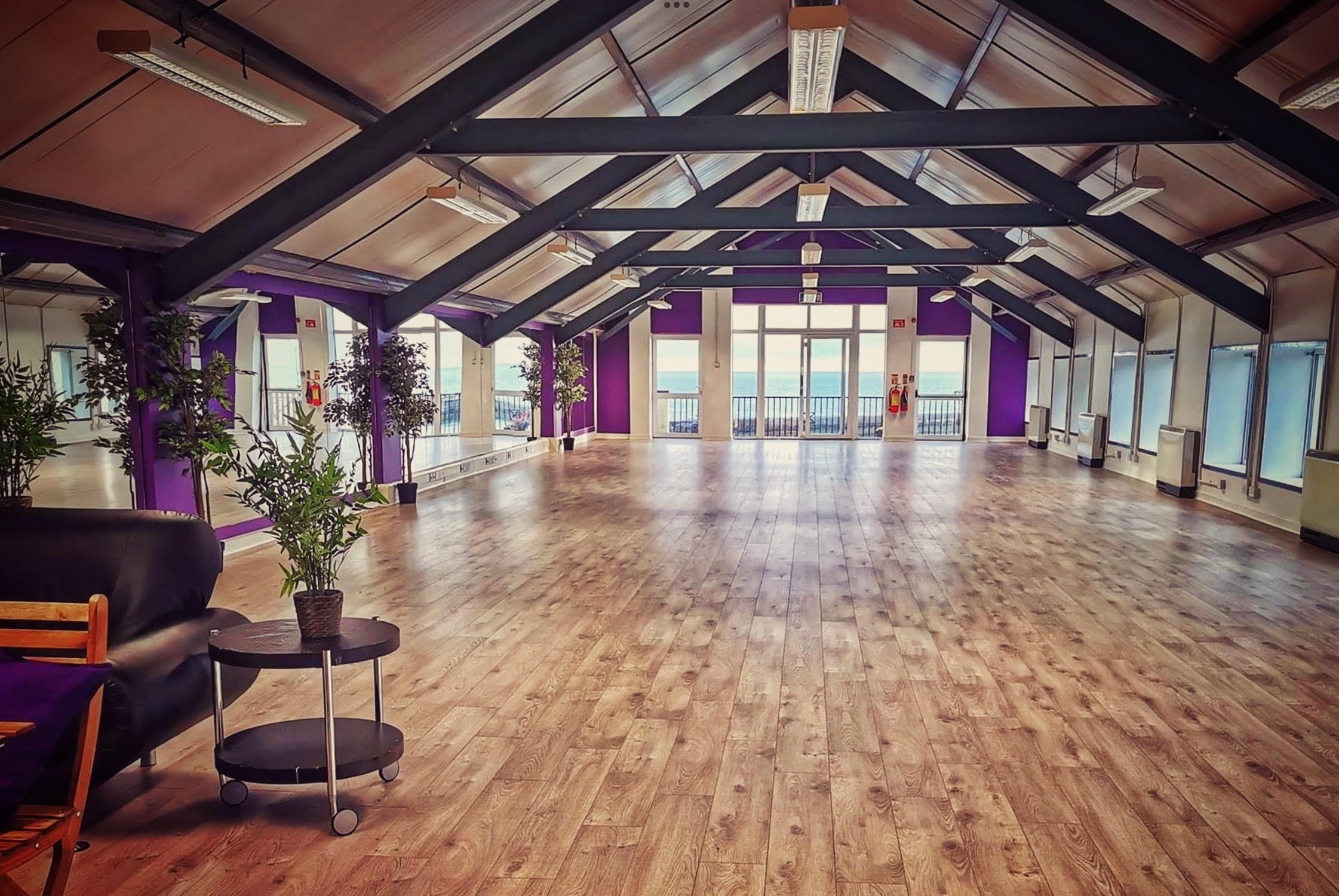
GAIA Training Course Details

A hybrid learning approach for better learning outcomes
We are offering a hybrid-learning approach, with a series of in-person training events combined with online access to professionally edited tuition videos covering the application of the techniques, Amatsu fundamentals and Amatsu focused anatomy & physiology. You will be able to access these videos in your own time on our forthcoming membership platform.
The in-person presentations are delivered by Seán Beakey, Nika Ros, Lynda Haran & Gareth McGrillan.
There are 2 levels of training (Anma and Seitai) including
8 days of in-person training per level, as well as access to on-line materials.
Continuous Assessment – Directed homework and case study analysis.
Feedback based on your homework, case study and in class performance.
Group Zoom Q&A with a delegation from the tutors at strategic points after each direct learning weekend.
The materials that are used for the course are current and considered. They are complied and selected by the most experienced Amatsu tutors and include:
Anma & Seitai Modules and Amatsu Fundamentals – Langston & Lilley
Video Presentations on Amatsu Fundamentals & Theory – Beakey
Video Presentations on Amatsu Practical – Beakey
Video Presentations on Amatsu Focused Anatomy and Physiology – Beakey
Required Reading
Muscle Testing, a Concise Manual by Earle Abrahamson & Jane Langston
An Introductory Guide to Anatomy and Physiology by Louise Tucker
The Trail Guide to The Body by Andrew Biel
Applied Anatomy & Physiology for Manual Therapists by Pat Archer & Lisa Nelson
Recommended Reading
Biotensegrity - The Structural Basis of Life by Graham Scarr
Yoga, Fascia, Anatomy and Movement by Joanne Sarah Avison
Netters Atlas of Human Anatomy by Frank H. Netter MD.

Amatsu Training Courses That We Offer
-

The different course levels include
Amatsu Fundamentals
Amatsu Anma Level 1 (delivered over 4 weekends + online learning)
Amatsu Seitai Level 2 (delivered over 4 weekends + online learning)
Amatsu specialistic Seminar/Workshop Level 3 & 4 (delivered in-person and online)
When you have completed Anma Level and successfully passed all assessments, you may open an Anma Practice under GAIA and Amatsu Therapy International (ATI) regulations.
When you have completed Seitai Level and successfully passed all assessments, you may open an Amatsu Practice under GAIA and Amatsu Therapy International regulations (ATI).
-

All our courses teach Anatomy & Physiology covering the structure, function and pathology of the…
skeletal system
muscular system
skin
cells and tissues in the body
cardiovascular system
lymphatic system
neurological system
endocrine system
respiratory system
digestive system
urinary system
reproductive system
Plus plenty of nuggets, gems of learning and access to insight that harbour in the presentation and delivery of a GAIA- delivered course.

The Course Levels
-

Anma Level 1
Anma is the first level of study for an Amatsu therapy qualification and it can be interpreted as the ‘massage’ level as it encompasses the application of natural movement principles on soft tissue structures, with the primary focus being on the musculature system. Unlike most western massages, Anma often uses no oils and can be done through the clothing with the client either sitting or lying down. This makes Anma an extremely flexible style of treatment, suitable for a wide variety of client needs and environments.
Anma is over 5,000 years old and it means ‘to push and pull’ body tissue. It originated in ancient China and it is thought to have been first brought to Japan by warrior monks from China through Korea about 1,500 years ago. Anma’s application on the body influences many structures and systems. The stroking, stretching and kneading of the tissue is an ancient art, not only in mankind, but in all animal species.
These techniques were considered so effective in Japan that before the introduction of western medicine all doctors were trained in Anma. This only changed with the Meiji Restoration in 1868 when the government was focused on ‘westernizing’ Japan. Therefore they decided to abandon much of their traditional culture including the ‘healing art’ of Anma.
As a special exemption only the visually impaired were allowed to continue to train in Anma and other ancient healing arts. From the very beginning of their Anma studies our Amatsu Practitioners are trained to evaluate, assess and treat the whole body incorporating all of the symptoms of your illness or injury. Once students have completed their first year of study they are qualified to treat clients in a professional capacity at an Anma level and begin their progression to the next level - Seitai.
-

Seitai Level 2
The Seitai level of study incorporates the same principles and fundamentals as Anma but with the technique application now primarily focused on the ligamentous system. Ligaments act as a support and movement suspension system for the stability of joint and bone movement.
We take a closer look at the principles of Biotensegrity and the unison that exists between all of the biological tissues, systems structures etc. We also examine the existing and emerging science on contemplating and applying a knowledge of fascia in movement and body functions.
Injury or illness alters the pulls on muscles and ligaments around these joint structures. Seitai works to balance, realign and integrate joint movement, which will aid the integration of all of the body’s systems to help to re balance and realign the key mechanical and energetic structures (e.g. muscle, fascia, tendons, ligaments, bones, joint orientation, viscera function and suspension, cranial balancing and meridian circuits etc)
This will promote healing whilst effecting change in the musculo-skeletal system and improving the client’s general well-being, as well as acting as a boost to the homeostasis, immune system and the body’s balancing sense known as proprioception.

Post-Graduate Level Courses
-

Shinden Level 3 Workshops
The focus of study in Shinden (the heart feeling in Amatsu treatments) is to alter the pulls in the fascial tissues that surround and support our vital organs. Many organs are held in position by a negative suction reinforced by a dynamic tissue called fascia.
As organs function they need to alter their space with surrounding organs e.g. the lungs filling and emptying. This delicate and subtle movement is finely balanced within our body’s other structures. Injury, illness, and incorrect posture can lead to biased pulls on the fascial tissue surrounding the organs which can in turn lead to organic changes and can eventually degenerate to disease in some cases.
Shinden Jutsu works to address these imbalances to bring about the freedom of movement and integration of organ structure and function.
-

Kenku Level 4 Workshops
The head (cranium) is the governing centre for many of the body’s vital systems such as respiratory and breathing, blood pressure, blood sugar, digestion, hormones. In addition, amazingly around 90 per cent of the nervous system is under the control of the brain.
The cranial bones move in a gentle, synchronised way to accommodate the expansion and return of the brain’s fluid system. This fluid system stretches from the head to the pelvis nourishing our organs and balancing nerve activity. Trauma to this mechanism can result in a variety of health issues and physical symptoms.
This fragile and complex system can also be affected by birth trauma, blows to the head, dental occlusion problems and even stress. Kenku helps to balance, regulate and maintain this vital system to complement and enhance the other levels of Amatsu.




